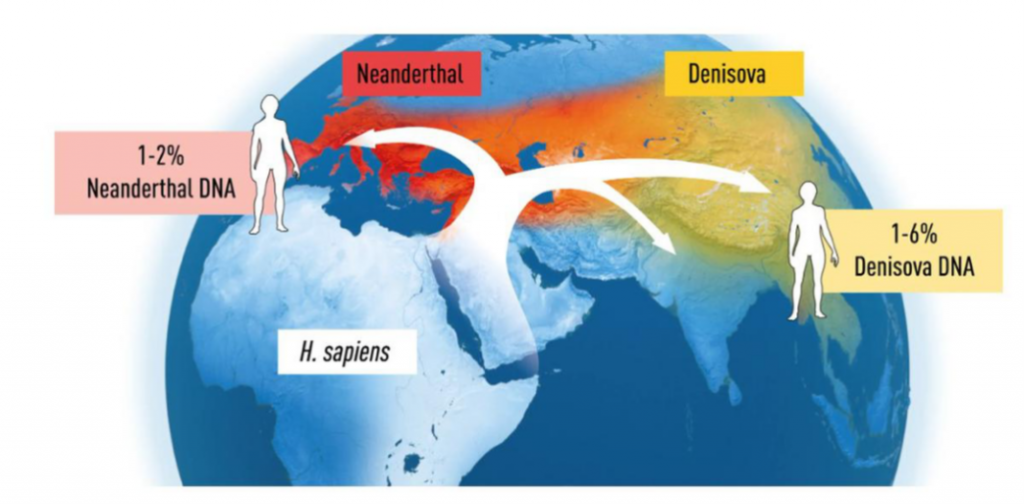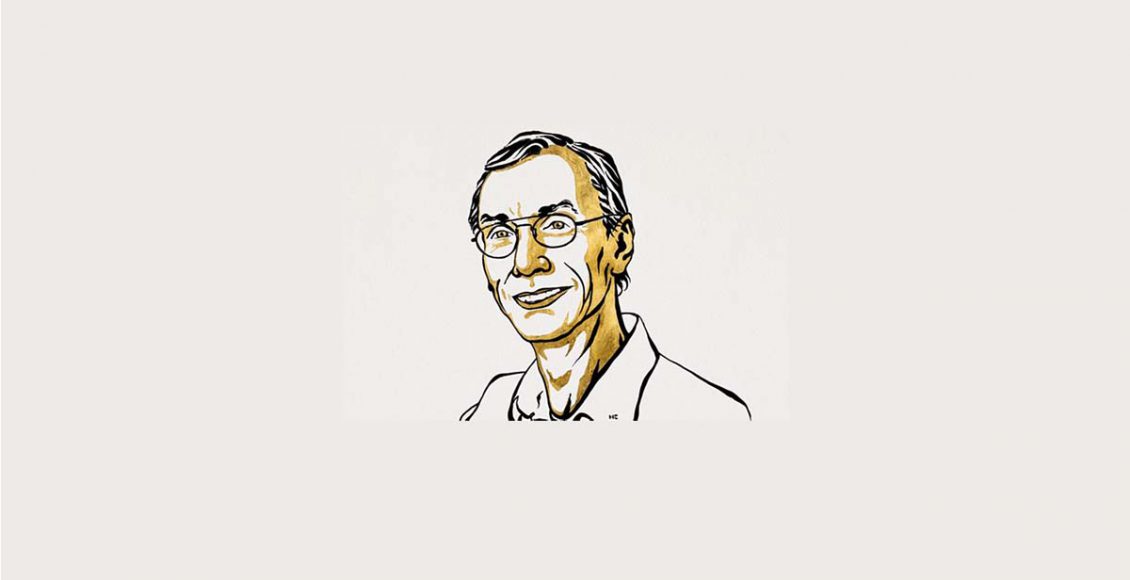The 2022 Nobel Prize in Medicine
Chandana Mohanty
Department of Biology, School of Applied Sciences, Kalinga Institute of Industrial Technology (KIIT) Deemed to Be University, Bhubaneswar, India
The Nobel Prize in Physiology or Medicine was first given in 1901. After 121 years of its inception, it has been given to Svante Pääbo for sequencing the genom of the Neanderthals.

Svante Paabo; Image credit: Wikipedia
Svante Pääbo was born in 1955 in Stockholm, Sweden. After his PhD in 1986 at Uppsala University and as a postdoctoral fellow at University of Zurich, he joined University of Munich, Germany in 1990 as a professor. In 1999, he became the Founder and Director of the prestigious Max Planck Institute for Evolutionary Anthropology in Leipzig, Germany, where he is still serving. He also holds the position of an adjunct professor at Okinawa Institute of Science and Technology, Japan. In 1982, his father, Sune Bergstrom, had won the Noble Prize along with two other scientists for their discoveries concerning prostaglandins and related substances.
About the discovery
Professor Pääbo was awarded the Nobel Prize for his work related to human evolution. Pääbo’s work is related to questions such as From where did we originate? What made us different from other hominins? Were there other human-like organisms before us? How are we related to those who came before us? Pääbo did something amazing to answer these questions.
We had fossil evidence of previously existed hominins but to establish their relationship with us, we need to sequence their genomes. It is easier to sequence a living organism, but it is quite difficult to sequence someone who had gone extinct almost 40,000 years ago. It might be contaminated with bacteria and other contaminants. But Pääbo has done that momentous work by publishing “A draft Sequence of the Neanderthal Genome” in Science, 2010. His sensational discovery also led to the discovery of a completely unknown hominin, the Denisova. He not only sequenced those genomes but also showed gene flow among Neanderthals, Denisovans and modern human Homo sapiens. He showed that not only did the gene flow occur but they have also influenced our physiological and immunological condition. Svante Pääbo’s discovery also led to the formation of a new branch in biology, Paleogenomics.
From where do we originate?
Archeological and paleontological evidence provides us the information about the anatomically modern human, Homo sapiens, which first appeared approximately 300,000 years ago in Africa. But almost 100,000 years before that, our closest known Neanderthals had originated and populated in Europe and Western Asia before they had gone extinct about 30,000 years ago. About 70,000 years back Homo sapiens migrated from Africa to Middle East and to the rest of the world. This suggests that at some point of time both Neanderthals and homo sapiens had coexisted and gene flow might have occurred between them. To be sure about such gene flow, one needed to sequence the genomes of both the species. By the grace of Human Genome Project, we were able to sequence the modern human’s genome in 1990’s. But Svante Pääbo published the first Neanderthal genome in the year 2010 by which we were able establish the relationship between these two species.
Pääbo started doing his research on a 40,000-year-old piece of bone, as a post-doctoral student of Professor Allan Wilson who was a pioneer in the field of molecular clock and mitochondrial eve. He started sequencing small mitochondrial genome of that fossil and published “Neanderthal DNA sequences and the origin of modern humans” in Cell, 1997. But as the mitochondrial genome gave only limited information, he started sequencing the nuclear genome of the Neanderthals. With his team at the Max Planck Institute, he steadily improved the methods to isolate and analyze the DNA from the archaic bone. As it was earlier mentioned he published the results in Science, in which he concluded that most common ancestor of Homo sapiens and Neanderthals lived around 800,000 years ago. He also concluded that there are similarities between Neanderthals’ genes with that of humans originated from Europe and West Asia. This shows their interbreeding relationship and their coexistence too. Modern humans with Europe or Asian descendants shows approximately 1–4% of the gene flow from Neanderthal origin. Another monumental finding of his work can be evidenced from different publications like, “The Complete Mitochondrial DNA Genome of an Unknown Hominin from Southern Siberia” in Nature, 2010, “Genetic History of an Archaic Hominin Group from Denisova Cave in Siberia” in Nature, 2010 and “A High-Coverage Genome Sequence from an Archaic Denisovan Individual” in Science, 2012, on the basis of his 2008 discovery of another extinct hominin based on a 40,000 year-old-finger bone fossil. As the genomic sequence showed them completely different from Neanderthals and Homo sapiens, this led to the discovery of the Denisova. Comparative studies showed gene flow between Homo sapiens and Denisovans too. This is evidenced from the population of Melanesia and South-East Asia mainly in the Tibetans, where individuals carry up to 6% of the Denisovans’ gene.

Figure showing possible gene flow and interbreeding.
Photo credit: The Nobel Foundation
Pääbo’s findings give us information about the EPAS 1 gene that confers an advantage for survival at high altitude—a gift from the Denisovans. Such gene flow also helped homo sapiens to develop different types of immune response to different infections. Toll-like-receptor family proteins are gifted to us by the Neanderthals. But Pääbo’s ultimate goal to explain why Homo sapiens are different from other such hominins is still unsolved. Homo sapiens are characterized by their unique capabilities of creating complex structure, culture, art, innovations and spreading all over the world, although crossing open water might make them separate from others. The Neanderthals too had big brains, lived in groups, and utilized tools, but their development was far below the Homo sapiens.


